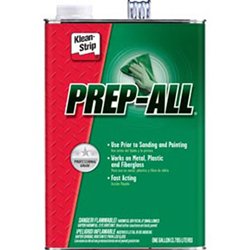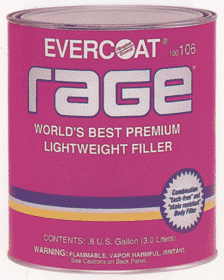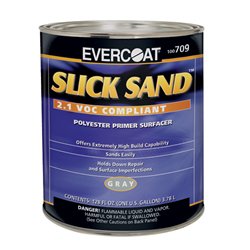- Joined
- Oct 21, 2014
- Messages
- 2,156
Ok, have my lathe all in pieces and most of the old paint and rust removed. It all started with needing to remove the spindle to replace old leaking seals, then I found some loose paint with rust pockets under it.
so the whole lathe is in pieces and getting full clean new bearings, seals etc. But have a few questions.
first I have found that it almost seems like they had coated the thing with some kind of filler to smooth it out to look nicer cannot tell if it was original or not but with what seems like at least about 7 diff coats of paint it may be just paint. Now question, should I just paint is and leave the rough text of the casting, grind marks etc, or is there something that I cold coat it with to smooth it out first. Figure if I leave it rough it will catch and hold more debris and oil etc which do not want. But what should be used to smooth it out.
second is that the Paper seals on the spindle bearing covers are shot, but have not found any to replace them. looking at them the thickness will not affect the bearings but could affect where the seal sits on shafts and such, but that could be good as it would move the seal off the old wear spots on the shaft and collars. So can I use a good gasket sealer to replace them or do I need to find some gasket material and make some close to the original thickness.
so the whole lathe is in pieces and getting full clean new bearings, seals etc. But have a few questions.
first I have found that it almost seems like they had coated the thing with some kind of filler to smooth it out to look nicer cannot tell if it was original or not but with what seems like at least about 7 diff coats of paint it may be just paint. Now question, should I just paint is and leave the rough text of the casting, grind marks etc, or is there something that I cold coat it with to smooth it out first. Figure if I leave it rough it will catch and hold more debris and oil etc which do not want. But what should be used to smooth it out.
second is that the Paper seals on the spindle bearing covers are shot, but have not found any to replace them. looking at them the thickness will not affect the bearings but could affect where the seal sits on shafts and such, but that could be good as it would move the seal off the old wear spots on the shaft and collars. So can I use a good gasket sealer to replace them or do I need to find some gasket material and make some close to the original thickness.




